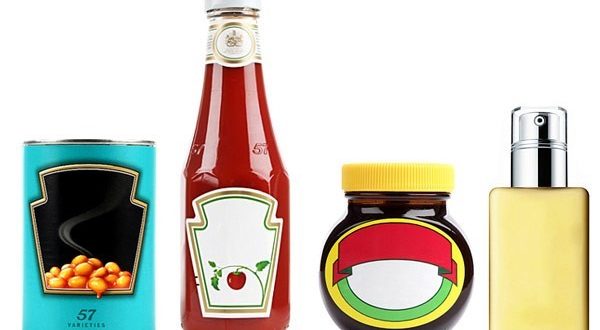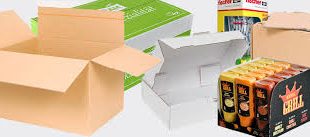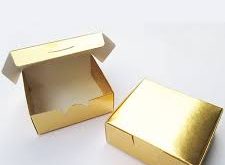The main role of food packaging is to safeguard food products from outside influences and maintain its nutritional values. Food packaging can retard deterioration of the product. It will retain beneficial effects of processing. It enhances shelf-life of the product. It maintains quality and taste of the product.
Packaging protects the products from three key classes of external influences – chemical, biological and physical.
Chemical protection: It minimizes computational changes,caused by environmental influences, such as moisture(gain or loss), light (visible, infra-red or ultra-violet) and gasses(especially oxygen). Different packaging materials provide chemical protection. Glass and metal provide complete barrier to chemical and environmental agents. Closure devices contain such materials which allow minimum level of permeability. Plastic caps have permeability to gasses and vapors. Plastic packaging has got a large range of barrier properties. It is more permeable than glass or metal.
Biological protection: It provides barriers to pathogens and spoiling agents. Protecting from insects, rodents and other animals, it is preventing from diseases and spoilage. Biological barriers also protect from aging and ripening. These barriers function through a multiplicity of mechanisms – preventing access to product, blocks odor transmission and maintains internal environment of the package.
Physical Protection: Physical protection saves food from mechanical damage. It also includes cushioning from shocks and vibration “borne by” during transportation. Paperboard and corrugated materials resist impact of crushing, abrasion and damage. These materials are used for packaging delicate food items, such as fruits and eggs, etc.Appropriate physical packaging protects customers from various hazards. Child resistant closure saves children from dangerous products. Diverting from glass packaging to plastic packaging protects the products like shampoos and soda bottles from being broken while in transit.
 Universal Bloggers
Universal Bloggers




